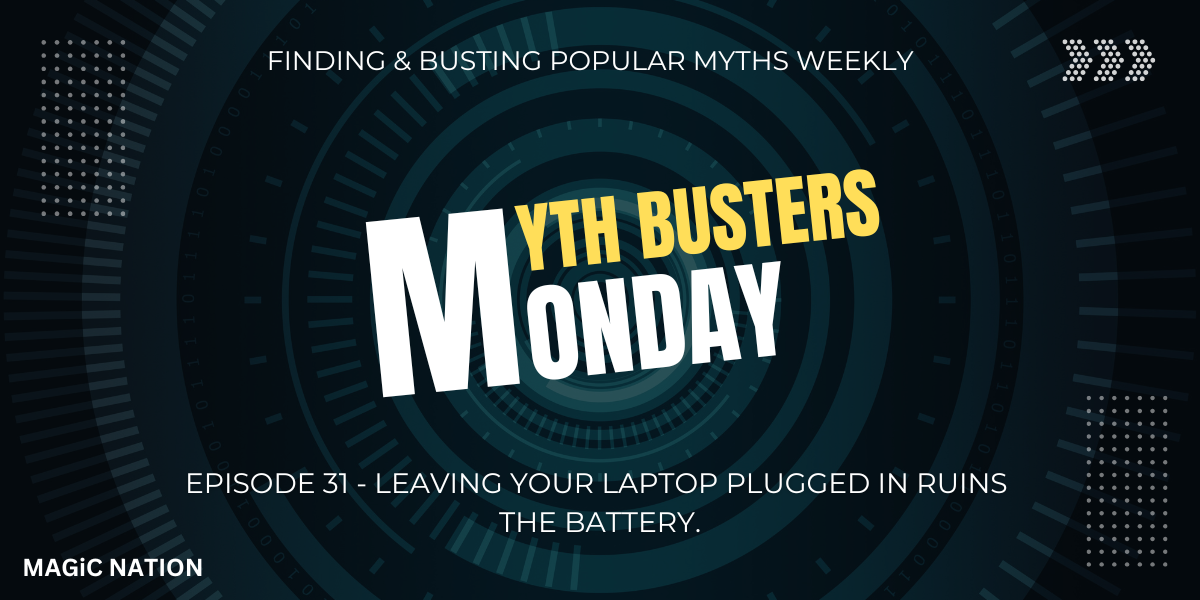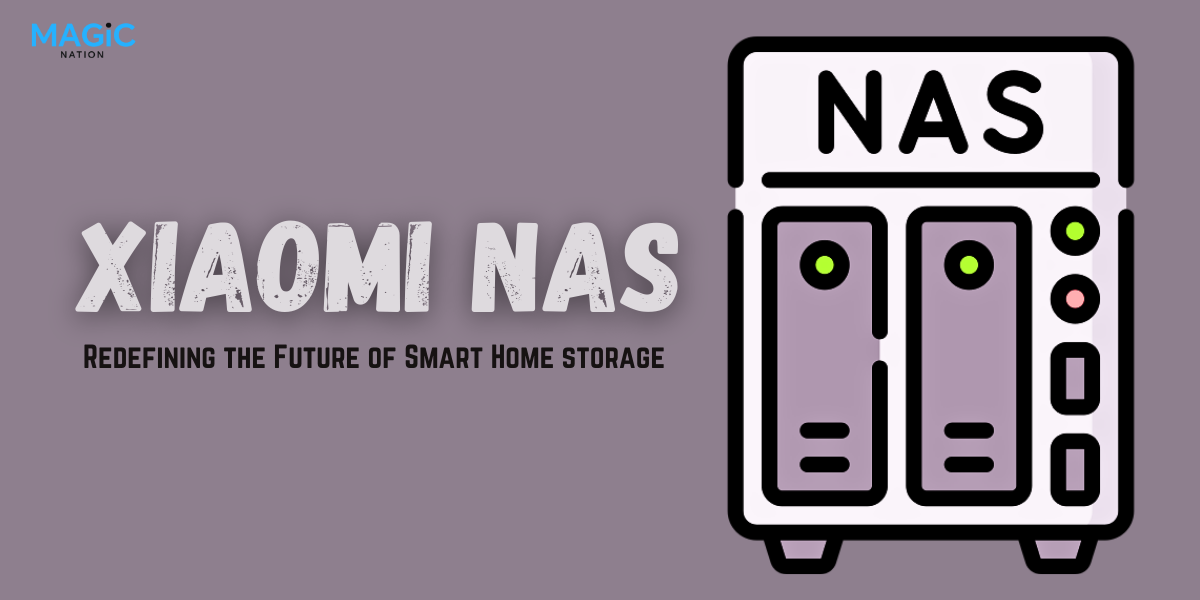India's Bullet Leap | Ahemdabad-Mumbai in 3 hours 🚆⚡️
-
- Information
-
Who is online
Users browsing this forum: No registered users and 34 guests
Recent Posts

Intra circle Roaming
Mon Jan 20, 2025 10:27 pm
Syed_Nabi23
132
2

HONOR Magic7 Pro's AI Super Zoom: A Game-Changer for Telephoto Photography
Sun Jan 19, 2025 8:16 pm
sarthhkk
230
2

Tech Roundtable VOL. #33 - Gaming Smartphones: Do You Really Need One
Thu Jan 16, 2025 11:55 pm
sarthhkk
203
2

AMRIT UDYAN TO OPEN FOR PUBLIC FROM FEBRUARY 2
Tue Jan 21, 2025 11:01 pm
Syed_Nabi23
85
1

Best Budget Earbuds Under ₹3,000: Power, Style, and Savings
Sun Jan 19, 2025 4:57 pm
Cozycupcake
185
2

Leaving Your Laptop Plugged In Ruins the Battery: Fact or Myth? - MBM Episode #3
Mon Jan 20, 2025 11:14 am
Navraj rathore
132
1

Moto G05 Review: Is This the Best Budget Smartphone of 2025? 🤔
Fri Jan 17, 2025 1:37 pm
Navraj rathore
221
2

Xiaomi NAS: Redefining the Future of Smart Home Storage
Sat Jan 18, 2025 3:07 pm
sarthhkk
221
1

Honor Magic7 RSR: Redefining Luxury and Performance
Fri Jan 17, 2025 5:00 pm
sarthhkk
274
2

Best Laptop Deals to Grab in Amazon Great Republic Day Sale 2025
Thu Jan 16, 2025 8:35 pm
sarthhkk
270
1
- Copyright © 2024 Magicnation. All rights reserved.
